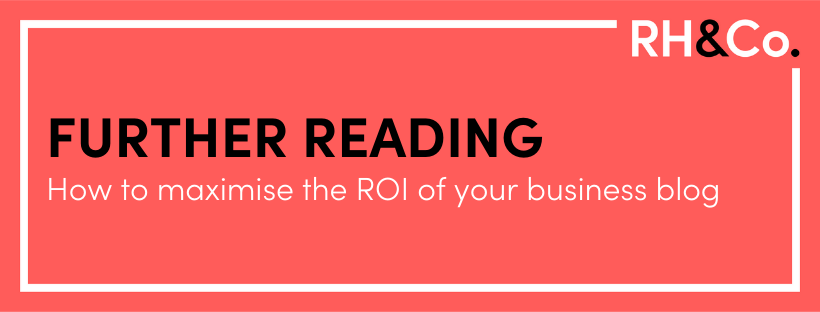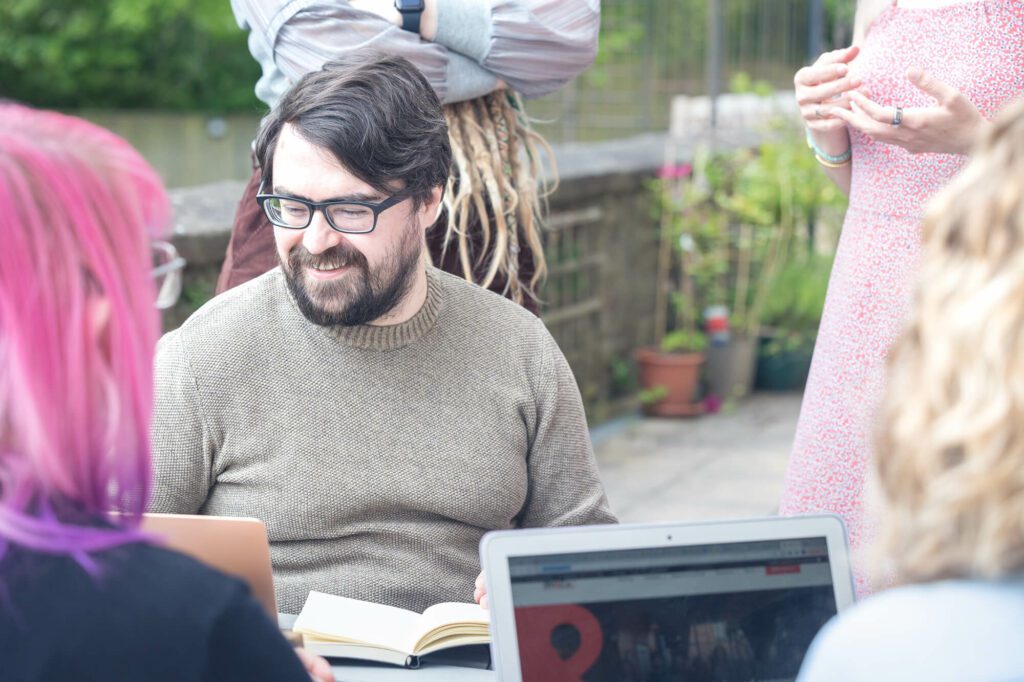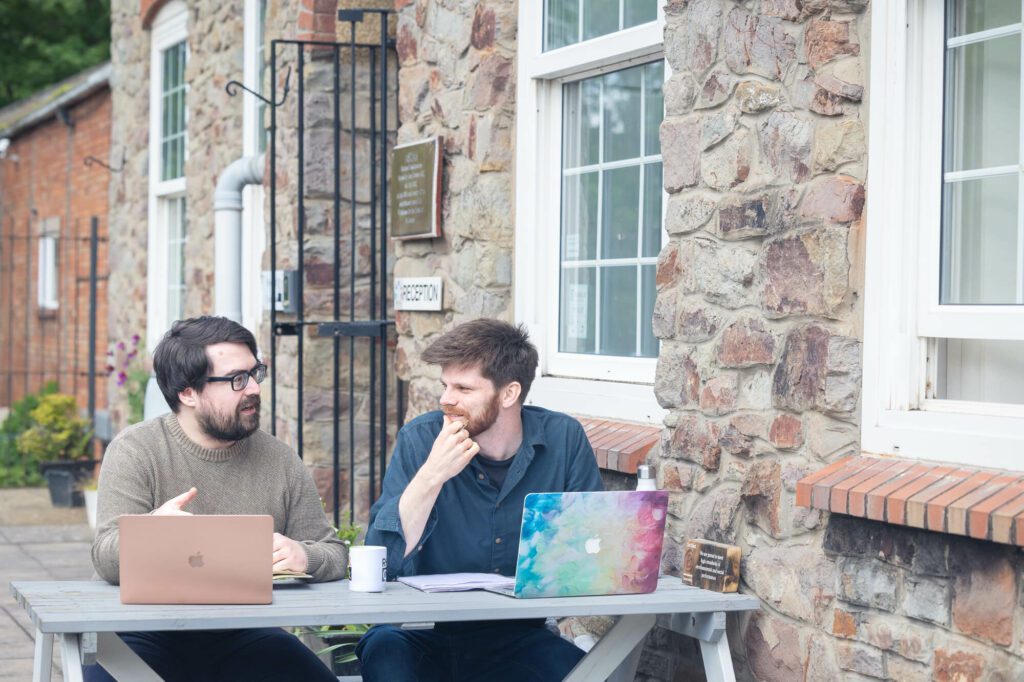

Blog analytics – what to measure, what it means and what to do with it
In the 90s the marketing industry declared that content was king. 20 plus years on it’s still hugely important but there’s a challenger for the throne: data. With so much content out there, understanding the real value of your blogging efforts has never been so important.
The trouble is that it’s very hard to accurately measure return on investment for a blog (although there are ways you can improve it). There’s a really good chance it will be one of the touch points in your customer or client’s journey towards doing business with you. But where do you attribute the value of the final sale?
As an example, we got a call from a potential client last year. During the conversation we were able to establish the steps she’d taken on her journey towards getting in touch:
- First, she’d met Rin at a networking event some years before (touchpoint 1: face to face networking).
- Then they’d connected on LinkedIn (touchpoint 2: social media).
- Over the following months she’d enjoyed reading the RH&Co blog (touchpoint 3: blogging).
- She’d also been impressed by the awards we’d won (touchpoint 4: PR).
- And finally she’d spoken to a mutual work acquaintance and client of ours to suss out whether we were as good as we appeared to be (touchpoint 5: client referrals / testimonials).
So if you can’t attribute sales directly to your blog, what should you be measuring to help you determine whether it’s proving effective for your business? Start with these metrics…

Website visitor numbers
Assuming your blog is hosted on your website – rather than, say, on LinkedIn, Medium or some other publishing channel – an increase in visitor numbers will show you that people are interested enough in your blog titles to click on them. You’ll be able to see where those clicks come from too, whether that’s a search engine or a social media channel and, if it’s search, what phrases led them to your post.
All of this can help you understand where your audience is spending time and what they’re searching for. For example, if you’re getting loads of traffic from LinkedIn but virtually nothing from Instagram, you might decide to ditch the Insta account. Likewise, by gaining insights into the kind of searches that are leading people to you, you’ll be able to create more content around these subjects and capitalise on that interest.
Bounce rate…
Of course, people landing on your blog is one thing – but if they don’t stay and engage with the site then you have some work to do. Bounce rate refers to how many people arrive on a page through search and click back to the search page without going further into your site. This alerts Google and co that your page wasn’t a good fit for that search – and it shows you that your post wasn’t that engaging.
Now some pages naturally attract people’s attention for just a moment or two – think a contact page, where someone just needs to find a phone number. But ideally what you want is for your readers to finish a blog post and then go somewhere else within your site before leaving. Creating further actions for your readers – for example, giving them internal links to follow – will reduce this rate and improve your SEO.
…and dwell time
SEO aside, though, bouncing away from your site is only really a problem if it is combined with low dwell time. In other words if your reader searches, arrives on your page and clicks away again within a few seconds. That’s a clear indication that they’re not interested in your post.
However, if they arrive and stay reading your piece of longform content for 20 minutes before clicking away, even though technically they’ve bounced (ie they didn’t click through to another page) clearly they enjoyed what they saw. So you’re doing something right.
What we’re saying is that these metrics are worth looking at but you need to be realistic about what you want to achieve and you need to understand the context before getting yourself too worried.
Next moves
So you’ve got people to your site and they’re sticking around, reading your whole blog post and maybe even clicking through to read another after that. What next?
Now it may be that your main goals for your blog are raising brand awareness and establishing yourself as an expert in your field. In which case, clicking through to a second post is a great result because it shows that you’re creating the kind of valuable content people are interested in.
But if you’re hoping to achieve something else – capture email data, for example, or get people checking out your services or booking a free consultation – then you need to track whether your calls to action (CTAs) are working.
Are people filling out the form at the bottom of your post? Are they clicking the link to your services page? If not, experiment with different CTAs.

Social engagement
If you want to make sure your blog is seen by as many people as possible, you’ll need a good social sharing strategy. After all, there are literally millions of posts being published each day and attracting the warm connections in your social network is far easier than trying to stand out on Google.
Keeping an eye on social engagement will help you get a feel of how well your blog is doing. You’ll start to notice which ones are getting the most likes, comments and shares, which ones are starting conversations and getting you noticed by the right people.
This is likely to vary by platform, which will help you shape your social sharing strategy. For example, industry insights might get great engagement on LinkedIn whereas behind-the-scenes snaps from your team may be more popular on Instagram. You’ll only know for sure if you measure the data.
Use this information to refine your blog offering to further boost engagement with the audience you want to engage with.
You’re never going to know exactly what your blog is worth to your business in cold hard cash but measuring your data will get you closer to the answer. It will also help you make better choices about the kind of content you create and how you distribute it, so that you can maximise your return on investment as much as possible.
Back to hompeage









